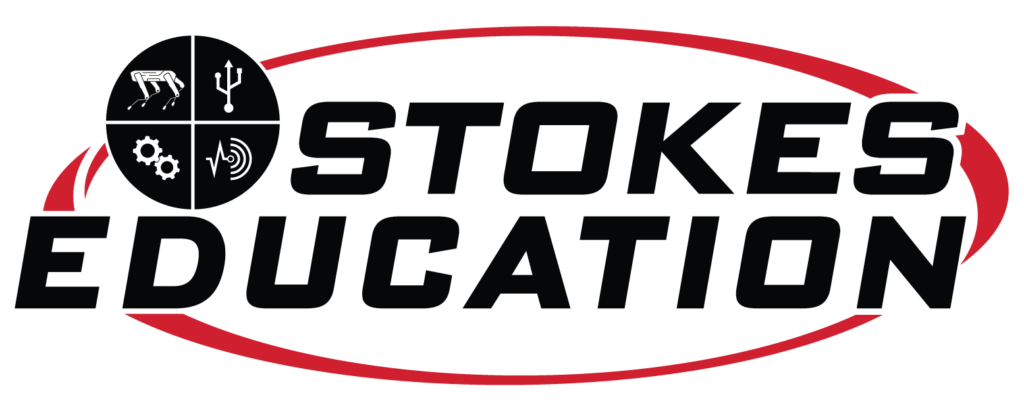SLAM stands for Simultaneous Localization And Mapping. It is the process of mapping an area while keeping track of the device’s location within that area. This is what makes mobile mapping possible. This allows map construction of large areas in much shorter spaces of time as areas can be measured using mobile robots, drones, or vehicles. SLAM simplifies data collection and can be used in outdoor or indoor environments. Advanced robotics are now using SLAM in their programming. SLAM enables accurate mapping where GPS localization is unavailable, such as indoor spaces. SLAM is the core algorithm being used in autonomous cars, robot navigation, robotic mapping, virtual reality and augmented reality.
A LiDAR-based SLAM system uses a laser sensor to generate a 3D map of the environment. LiDAR measures the distance to an object by illuminating the object using an active laser “pulse.” LiDAR is a fast and accurate approach that can be used in many environments. The laser sensor point generated is highly precise and ideal for mapping in construction. These high-precision distance measurements can also be used for a host of other applications. SLAM can even map unknown environments, helping us learn more about the world around us.
LiDAR (Light Detection and Ranging) technology assists robots to navigate their surroundings through object perception, identification, and collision avoidance. LiDAR sensors provide information in real time about the robot’s surroundings such as walls, doors, people and other objects. LiDAR can assist robots to carry out a wide range of tasks and to operate autonomously. LiDAR is most helpful in automation within manufacturing, security, and industrial warehouses.
The Go1 Robot from Unitree Robotics has a lidar attachment available. The Unitree Robotics quadruped robot can climb stairs, move through rough terrain with unprecedented ease, and is also small enough to use indoors. The Go1 robot provides omni-directional and ultra-wide-angle video image transmission, which can observe the surrounding terrain of the robotic dog, making the operation within the visual range as simple and convenient as being on the scene. The Go1 robot has communication modes for mapping and navigation. Using computer vision, it can detect certain objects like letters, numbers, and traffic lights. While navigating, it can sense obstacles in its path and plan local paths to avoid them while staying on track. Unitree robots have ROS support that enables autonomous driving development, 3D SLAM mapping & navigation as well as easy integration with additional sensors.








